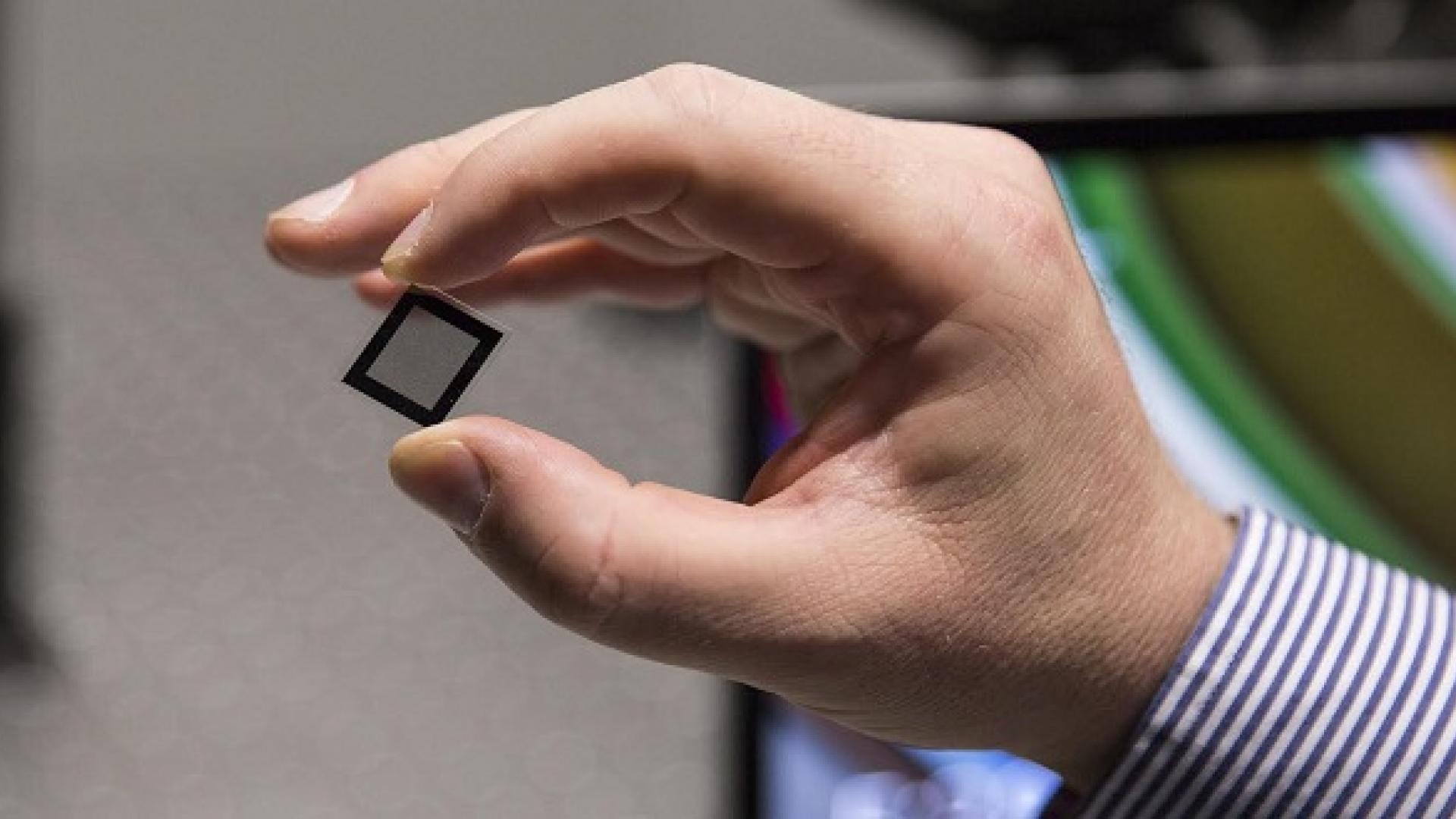© 2016 KAUST
As anyone with an interest in photography will know, to get features such as a powerful zoom, you usually need a big camera. The reason is that most cameras rely on refraction, whereby the light passing through lenses slows down and changes direction. Focusing this refracted light requires a certain amount of space.
A promising route to smaller, powerful cameras built into smartphones and other devices is to design optical elements that manipulate light by diffraction—the bending of light around obstacles or through small gaps—instead of refraction.
Wolfgang Heidrich, KAUST professor of computer science, and colleagues from the University's Visual Computing Center and the University of British Columbia (UBC) in Canada are at the forefront of developing new diffractive optical elements (DOEs) that can be printed on to small, thin substrates. The team combines their carefully-designed DOEs with advanced computational techniques that can greatly enhance the images produced by such small optical devices.
Heidrich came to KAUST in 2014 from UBC, where he previously developed very high contrast displays for television sets.
“We developed the first consumer-ready display technology that had a major computational component in the sense that the hardware itself was not useful without substantial computation,” he said. “The target image would be sent to the device, and then the device would have to perform some fairly sophisticated algorithms on the image—in real time!—to produce the best image contrast. It really instilled in me the need for hardware-software co-design, where you develop optics, electronics and algorithms at the same time so that they fit together in the best possible way.”
Read the full article

